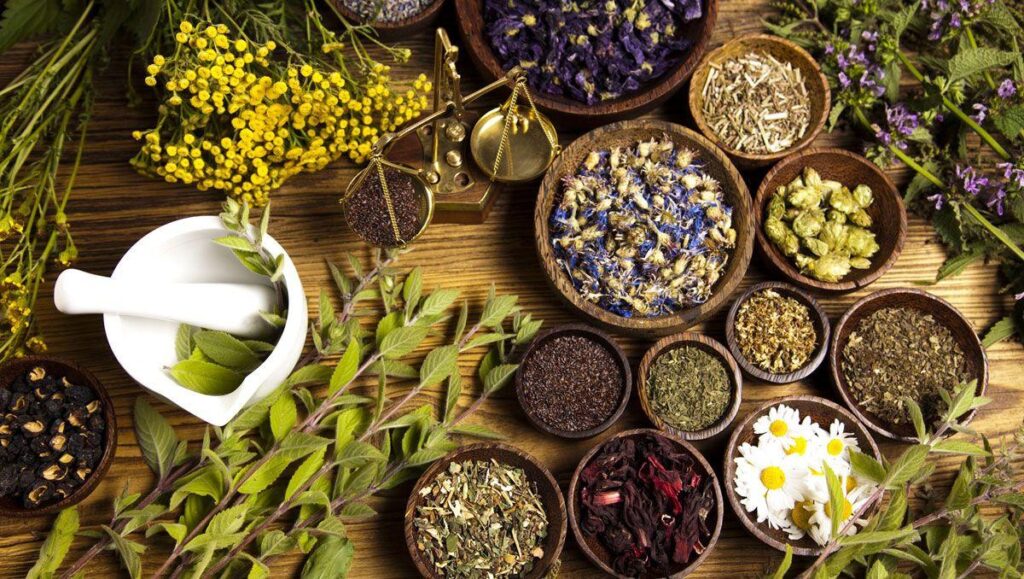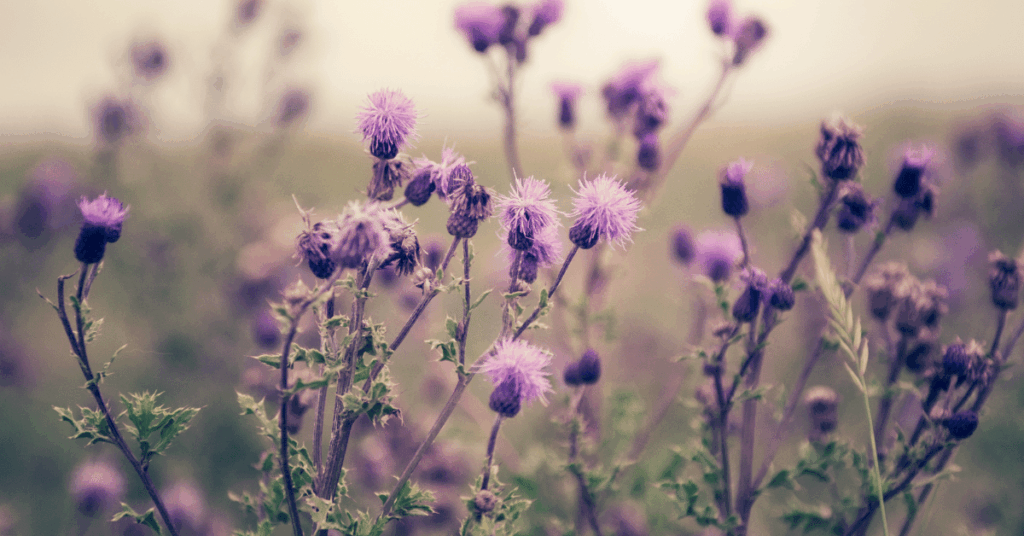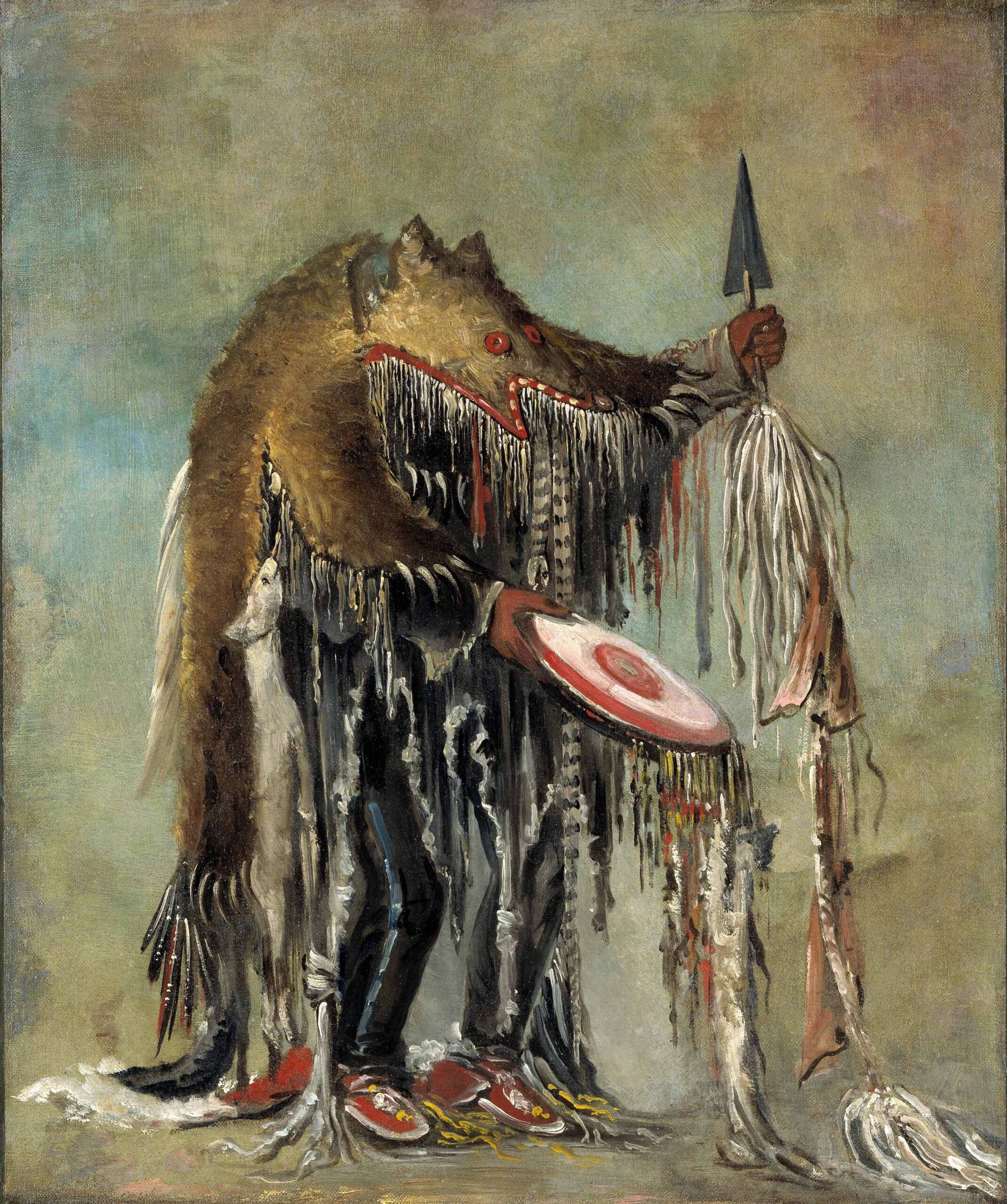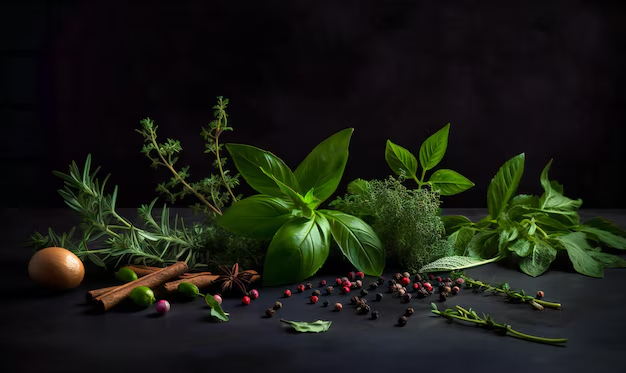
Step softly into the wild places of North America, and you’ll find medicine beneath your feet and wisdom in every leaf. From the ice-edged forests of the Arctic Circle to the lush tropics of Central America, this continent’s story is inseparable from the plants that healed, nourished, and guided its people.
Ancient Beginnings: An Herbal World Before Colonies
Before the names “America” or “Canada” were ever spoken, the land was a living pharmacy. Indigenous nations—each with their own language, beliefs, and land—crafted a sophisticated relationship with native plants. Herbal medicine was not simply a tool; it was woven into ceremony, survival, and the unseen forces of the world.
In the forests of the Northeast, the Iroquois tended stands of black cohosh, echinacea, and wild cherry. To the West, the Lakota gathered sage and sweetgrass, used in both healing and spiritual purification. Desert peoples like the Navajo relied on juniper, Mormon tea, and yarrow for everything from wound care to fever.
Plants were—and are—alive with spirit. Many nations believed plants chose when and to whom they revealed their secrets. Medicine people learned not just which root cured pain, but when to dig it, how to offer gratitude, and which songs or rituals honored the plant’s spirit. For the Cherokee, mint was more than a flavor—it was a remedy, a protection, and sometimes a symbol in story.
Herbal knowledge was passed through story and song. Elders taught children how to recognize the heart-shaped leaves of wild ginger, the delicate blooms of bloodroot, the distinct scent of cedar. This oral tradition was dynamic; new discoveries were added, ineffective remedies discarded. For Indigenous peoples, healing meant restoring harmony among body, spirit, and environment—a lesson increasingly validated by modern science.

Central America: Where Empires and Healing Collide
Traveling south to Central America, we find a region where herbal tradition was shaped by the great civilizations of the Maya, Aztec, and their ancestors. Here, healing was both deeply spiritual and scientific—Aztec herbalists catalogued hundreds of plants in codices, and the Mayan healers mapped the uses of jungle roots and vines.
One of the oldest and most complete records, the Badianus Manuscript (compiled in 1552), lists over 250 medicinal species, from aromatic mint to powerful vines and flowers. Some were local, some imported, but all were considered part of a living pharmacopeia. Aztec medicine, for instance, recognized the use of turma difusa for inflammation, prosopis for the eyes, and pennyroyal as a cleansing tea.
Even after conquest, these traditions proved resilient. Herbal wisdom survived colonization by adapting; Spanish and Indigenous remedies merged, often through the hands of women who kept gardens in hidden courtyards or forest edges.
Today, rural communities across Guatemala and Mexico still rely on these ancestral herbs. Projects in the Dominican Republic, Cuba, and Nicaragua now teach women to grow and use local plants, not only as home remedies but to compensate for expensive or scarce pharmaceuticals. Mexican herbalists, for instance, continue to use wild yam (Dioscorea villosa) for rheumatism—a plant whose extract became the first source of progesterone for the modern birth control pill.
Gardening Note:
Wild yam prefers moist, shaded woodland soil and grows from tubers that can be divided every few years. Its heart-shaped leaves make it easy to identify once established.

The Caribbean: Healing in a Cultural Crossroads
In the Caribbean, herbal medicine flourished in the midst of historical upheaval. Here, African, Indigenous, and European traditions combined into a vibrant mosaic. Fever grass (lemongrass) was brewed for colds and fever, kerala (bitter melon) for diabetes and blood sugar, and dozens of other plants were used for daily health and sacred ritual.
African slaves, forced from their homelands, brought seeds hidden in hair or pockets, along with knowledge of how to use them. Local plants gained new names and uses as healers adapted to island soils and climates. In Haiti, Santería and voodoo blended Catholic and West African spiritual practices, with herbs like garlic and cayenne serving both magical and medicinal roles.
Doctors in Cuba and other islands often prescribe herbal remedies—sometimes out of necessity, sometimes out of cultural tradition. Bush teas remain a daily ritual, their recipes often guarded within families for generations.
Gardening Note:
Lemongrass is easy to propagate—simply plant a healthy stalk in well-drained, sunny soil, keep it moist, and new shoots will sprout from the base. Bitter melon is best grown from seed in warm climates; it prefers rich, loamy soil and will happily climb any support.

Shamanism: Plants, Spirit, and Ceremony
Far to the north, in the woodlands and plains of what is now the U.S. and Canada, herbal medicine retained its shamanic roots. Among many nations, healing was never only physical; illness was believed to affect body and soul. Shamans or medicine people were called not just to diagnose, but to restore cosmic balance.
Herbal rituals might involve purification with sage smoke, “smudging” to cleanse sickness or malevolent spirits. In the Amazon and some North American cultures, shamans used entheogenic plants—like peyote or morning glory—in rituals to gain visions or seek spiritual guidance. It was believed that only by addressing both the physical and spiritual roots could true healing occur.
Some plants, like the cardinal flower or Ipomoea (morning glory), were handled with great caution: picked only at certain times, in certain ways, or not at all if the signs were wrong. The Iroquois used sunflower seeds in decoctions for tuberculosis and offered herbs as sacraments in seasonal rituals. Tobacco—now infamous for its harms—was once a powerful sacred plant, smoked or scattered to calm storms, bless hunts, or commune with ancestors.
Gardening Note:
Sage (Salvia spp.) grows best in dry, well-drained soil with full sun. Prune regularly to encourage new growth. Morning glories are easily grown from seed; soak seeds overnight before planting for faster sprouting.
The Colonial Encounter: European Settlers and New Remedies
With the arrival of European settlers in the 16th and 17th centuries came a profound shift. Early colonists brought their own herbal traditions, but often dismissed Native American medicine as superstition. Their familiar plants—chamomile, horehound, and feverfew—often failed to thrive in unfamiliar soils, and disease outbreaks, harsh winters, and food shortages soon forced a new humility.

Desperate settlers turned to Indigenous neighbors for help. Over time, they adopted many native plants: willow bark for pain and fever, slippery elm for sore throats and wounds, and witch hazel as a poultice and anti-inflammatory. Colonial herbal books slowly filled with Indigenous wisdom.
By the 19th century, these exchanges were codified. Joseph Doddridge’s Notes on the Settlement and Indian Wars described how black walnut was used as a purgative and lobelia as a stimulant. Samuel Thomson, an influential herbalist, developed a regimen inspired by Native medicine. By the 1830s, Thomsonian and Eclectic medicine were flourishing across America, with thousands of practitioners healing with botanicals rather than harsh European purges and bleeding.
Gardening Note:
Slippery elm (Ulmus rubra) is a large tree, but its inner bark can be harvested in early spring. Witch hazel (Hamamelis virginiana) thrives in moist, shady spots and is easily grown from seed or cuttings.
Eclecticism and Physiomedicalism: The American Herbal Renaissance
In the 19th century, American herbal medicine underwent a renaissance. Physicians like Dr. Wooster Beech founded the Eclectics, who blended herbal and conventional medicine and sought to use the lowest effective dosages. By 1909, more than 8,000 Eclectic physicians practiced across the United States, with formal training and recognized medical qualifications. Their approach emphasized evidence, gentle remedies, and a respect for both science and tradition.
Physiomedicalists continued the trend, focusing on restoring balance within the body by harmonizing “organic tissues.” They used classic American herbs like oakwood for cleansing, echinacea as an immune booster, and goldenseal as a tonic and anti-inflammatory.
British and European medicine borrowed heavily from this movement, with Anglo-American herbalists often using a broader palette of plants than their Old World counterparts.
The 20th Century: Suppression, Survival, and Scientific Rediscovery
The early 20th century brought challenges. As medical schools standardized and pharmaceutical drugs proliferated, herbal medicine was pushed to the fringes. In the U.S., the government restricted herbal teaching after 1907, and many traditional practices nearly vanished from clinics and hospitals.
But in the shadows, herbal wisdom endured. Rural families, Indigenous nations, immigrant communities, and the poor kept these traditions alive, treating everything from fevers to childbirth with home-grown remedies. In Mexico, wild yam continued to be used as an analgesic and for rheumatic pain. In 1942, scientists discovered that wild yam contained diosgenin, a precursor for synthesizing hormones. By the 1950s, this knowledge led directly to the invention of the birth control pill.
Gradually, the scientific community began to recognize the value of traditional plants. Pharmaceutical companies isolated active ingredients—salicin from willow, digitalis from foxglove, vincristine from Madagascar periwinkle—often based on centuries-old folk uses.
Gardening Note:
Black cohosh (Actaea racemosa) prefers shady, moist woodland soil and takes a few years to mature, but its tall flower spikes are stunning in late spring. Goldenseal (Hydrastis canadensis) is threatened in the wild, so only cultivate from nursery starts, not wild harvesting.

Herbalism Today: A Living Tradition
The late 20th and early 21st centuries saw a dramatic revival. After the U.S. liberalized herbal regulations in 1994, herbal remedy sales soared. St. John’s Wort, echinacea, and ginkgo became household names. Universities and national research centers now devote significant resources to the study of medicinal plants.
Despite the resurgence, herbalism still faces challenges—training standards, regulation, and access to quality information vary widely. But the American Herbalists’ Guild and many grassroots organizations are working to set rigorous standards and honor the roots of this practice, which lies in a living relationship with the land and its peoples.
Meanwhile, Indigenous and traditional healers continue to lead the way, preserving endangered knowledge, protecting wild plant populations, and fighting for recognition of their intellectual property and sovereignty.
Gardening Note:
Echinacea (Echinacea purpurea) is easy to grow in most soils and attracts pollinators. Harvest roots in fall after three years for the strongest medicinal properties. St. John’s Wort (Hypericum perforatum) needs well-drained soil and plenty of sun; it can spread rapidly, so keep an eye on its growth.
How to Propagate Common North American Medicinal Herbs
- Yarrow: Propagate by seed in early spring or divide mature clumps in fall. Thrives in well-drained, sunny spots.
- Milk Thistle: Sow seeds directly after the last frost, cover lightly, and keep moist. Grows best in poor, well-drained soil.
- Black Cohosh: Start from rhizome divisions in early spring; prefers shade and rich soil.
- Calendula: Direct sow seeds in early spring; deadhead flowers for continuous blooms.
- Aloe Vera: Best propagated by separating offsets (“pups”) from the parent plant; needs well-draining sandy soil.
A Living Legacy: The Herbal Future
Today, herbal medicine in North America stands at a crossroads. It’s part tradition, part science, and part grassroots rebellion against an often impersonal health system. Its roots dig deep into the soil, drawing up stories of migration, adaptation, and survival. Whether in a wild mountainside or a city balcony garden, every new shoot connects us to healers and ancestors who listened to the land.
So the next time you sip a cup of yarrow tea, chew on a sprig of mint, or wander through the forest with an eye for wild plants, know that you’re part of a story older than any written history—a story still being told in every leaf and root.
Herbal Fact
Black cohosh, prized by Native Americans for centuries to treat women’s health issues and pain, is now studied worldwide for its effects on menopause and inflammation.
Wild yam, first used by Aztec healers, became the source of the hormone used to create the first birth control pill in the 1950s.
Willow bark, a traditional pain remedy, led to the development of modern aspirin.
